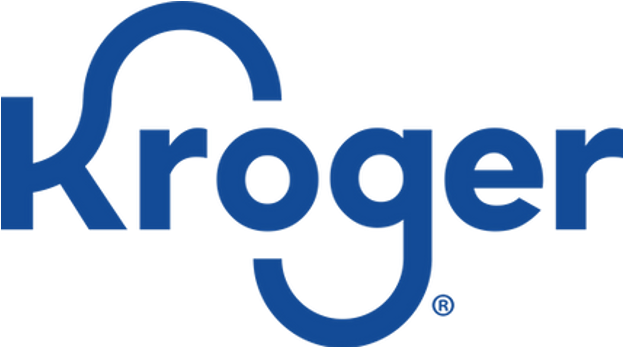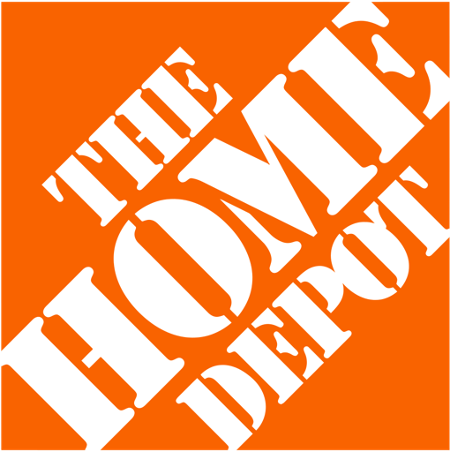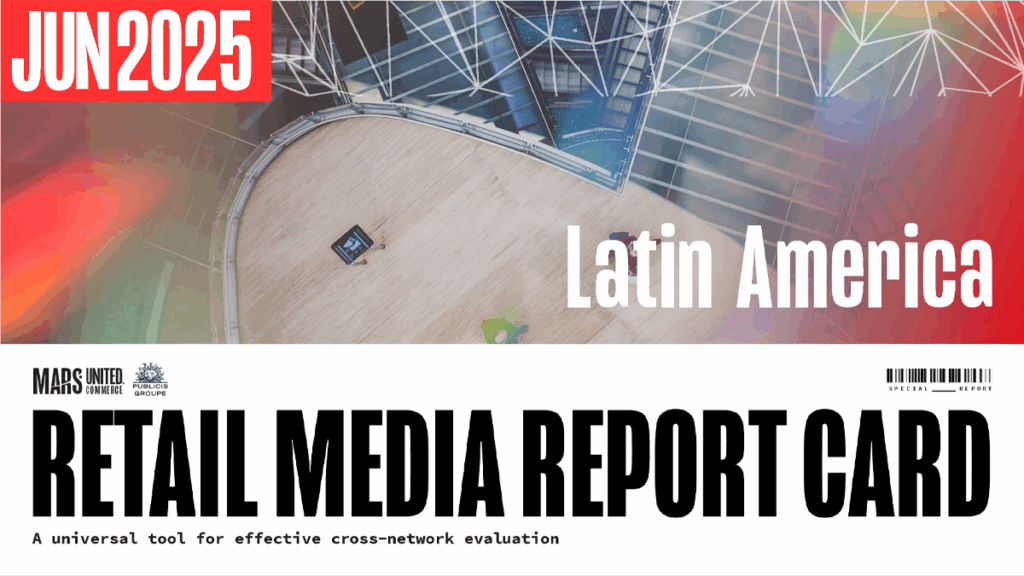The following analysis is the first in a four-part “Digital Commerce Roadmap” series that The Mars Agency publishes annually to provide a comprehensive overview of key digital marketing opportunities available across leading retailers.

In the fast-paced digital landscape of 2023, the evolution of ecommerce continues to reshape the way brands are engaging with shoppers.
At this stage, digital opportunities on retailer platforms have transcended the traditional boundaries of search to encompass a multitude of touch points — and are even bridging the gap with physical stores. Yet organic search still remains the quintessential battleground for brands striving for success in commerce.
Digital shoppers are either searching specifically for your brand or exploring alternatives by typing in broader, general keywords related to your products or your category. The pivotal question that commerce marketers must answer is, “Where does my brand appear in these critical moments?”
And by “critical moments,” we mean the 3 seconds it takes for shoppers to make a purchase decision after getting their search results.
To conquer the organic search landscape, brands must develop a meticulous strategy that accounts for the unique algorithms and content practices used by each key retailer. The Mars Agency’s ecommerce team is frequently asked questions like, “What distinguishes search on Target.com from Walmart.com?” or “Why does my return on ad spend (ROAS) vary between Instacart and Amazon?”
In this report, we aim to answers questions like those by dissecting the intricacies of organic search on six major retailer platforms, providing much-needed clarity on the significant factors shaping the results page for each and the key strategic differences across them.
WINNING SEARCH ON:

KEY POINTS
In recent years, Amazon has steadily increased the amount of real estate it dedicates to paid advertising on its platform. More recently, the ecommerce giant has been placing a greater emphasis on video.
According to a study from video marketing agency Wyzowl, 69% of Amazon customers prefer learning about a new product or service through video rather than other formats such as text-based articles or infographics. This finding underscores the growing importance of video marketing across the entire ecommerce space.
As Amazon continues to dominate online shopping, it’s no surprise that businesses of all sizes are investing heavily in advertising on the platform. With its massive customer base and advanced targeting capabilities, Amazon offers a unique opportunity for brands to reach their audience and drive sales.

It’s important to note, however, that while paid advertising is becoming more prevalent on Amazon, organic search remains vital to success. But with more and more businesses vying for the attention of Amazon shoppers, standing out in organic search results can be a challenge.
To optimize your presence and improve your chances of being discovered by shoppers, therefore, it’s essential to focus on both organic and paid search. This involves:
- creating high-quality, keyword-rich product listings,
- optimizing your content to satisfy Amazon’s search algorithm
- investing in paid advertising to drive targeted traffic to your listings.
Whether you’re a small business or a large enterprise, the ultimate key to success on Amazon is staying up to date with the latest trends and best practices. At the moment, focusing on video advertising, optimizing your organic search presence, and leveraging the power of Amazon’s massive customer base will help you drive sales, build your brand, and achieve long-term success.
TIPS & TRICKS
1. Optimize the content you’re using in descriptions and bullets. Leverage martech tools like the ones offered by Analytic Index to strengthen your keyword research capabilities.
2. Maintain review scores of 4.3 or better for your products, which will make them more likely to maintain an Amazon best seller ranking (BSR) in the long term.
3. Apply a mobile-focused strategy, since an estimated 60% of Amazon’s shopping trips take place through the retailer’s app. In the Amazon app environment, product images and enhanced content appear before product descriptions and bullet points. Brands, therefore, need to make sure that images and enhanced content are product-centric so they can serve as the visual storyboard needed to persuade shoppers to buy.
CRITERIA INFLUENCING SEARCH RANKING:
- Rating scores
- Average number of times keywords are mentioned in the product title
- Presence of product-centric enhanced content
WINNING SEARCH ON:

KEY POINTS
The leading online grocery delivery platform, Instacart has enjoyed explosive growth in recent years, making it an important partnership consideration for many brands.
Instacart’s search algorithm prioritizes product availability and shopper personalization. According to the company’s own data, between 60% and 70% of shoppers use the search function to find the items they want to purchase, with the other 30% to 40% using the platform’s browse and discover functions.
Therefore, when a search is conducted, Instacart will prioritize products that are in stock and available for delivery in that shopper’s area. This focus on product availability is essential for Instacart’s primary value proposition to customers, which is the ability to deliver items precisely when needed.

However, because Instacart doesn’t own any product inventory, the purchase journey can be non-linear: a shopper may start by looking for a particular product but end up buying a different one based on what’s available at that point in time. So winning on Instacart requires content and SEO strategies that can engage shoppers who often are in discovery mode but also fully intent on making a purchase.
Despite these challenges, some brands are experimenting with virtual bundles on Instacart to influence basket building. By bundling products, brands can create a more compelling experience that encourages shoppers to add more items to the cart. This strategy can be especially effective when combined with targeted promotions and offers.
Success on Instacart depends on a brand’s ability to adapt to the unique challenges presented by the platform. By focusing on product availability and personalization and keeping their marketing plans flexible, brands can build a strong presence and drive sales over the long term. As online grocery shopping continues to grow in popularity, Instacart will remain a key player, and brands that can effectively navigate the platform will be well-positioned for the future.
TIP & TRICKS
1. Product assortment and availability are key.
2. Perfect your product images: even if your product isn’t added to the basket initially, Instacart may recommend it elsewhere if your competitor’s item is out of stock. So keep the long-term game in mind by always giving shoppers a positive impression.
CRITERIA INFLUENCING SEARCH RANKING:
- Level of sponsored advertising behind product placements
- Product assortment & availability
- Presence of complete product attributes
WINNING SEARCH WITH:

The largest grocer in the U.S., Kroger is a household name for 60 million+ customers who rely on the retailer for many of their daily needs thanks to its vast selection of products and services.
Kroger’s organic search activity is heavily dominated by non-branded keywords: 85% of searches, in fact, contain generic category or product terms rather than specific brands. This indicates that customers are actively seeking out the items they need, not just stumbling upon them through the advertising they encounter.

While there is no public benchmarking data available, one of The Mars Agency’s industry partners has gained a 7% year-over-year sales uplift by adopting effective SEO strategies that focus on winning non-branded keywords. Marketers can use tools from Analytic Index and other solution providers to identify the generic search terms being used by Kroger shoppers, then continuously study the reports to track changes in search behavior and adjust their SEO strategy accordingly.
Investing in organic SEO tactics can also lead to cost savings. By improving their organic search rankings, brands can increase visibility without spending as much on common advertising opportunities like Product Listing Ads (PLA), basket builder, or search and browse placement.
TIPS & TRICKS
1. Compared with other retailers, product images on search results pages in Kroger’s mobile app are smaller and can sometimes appear unclear to shoppers. Brands should use optimized hero images that will highlight the product’s key features.
2. Based on our experience and analysis, Kroger has designed its search engine to mirror Google’s in terms of design, which means data tagging is very important. Make sure all the digital assets you submit have embedded metadata, tags, or alt text.
CRITERIA INFLUENCING SEARCH RANKING:
- The number of times keywords are mentioned in the product title
- Data tagging and labeling in assets
WINNING SEARCH ON:

KEY POINTS
The search algorithm on Target.com was reconfigured recently to prioritize product titles and item data rather than focusing on keyword relevance as in the past. This change has elevated the submission of product attributes from a useful task for helping products appear under different browse menus to a “must do” that’s critical for improving search visibility.
Target has stated previously that copy and bullet points on product detail pages (PDPs) have a low impact on search visibility. But according to A/B tests that we’ve run, the more frequently you repeat short-tail keywords in PDP copy, the higher search visibility you’ll gain. (This “difference of opinion” between our agency and Target might arise from the fact that the retailer’s algorithm considers a wide range of factors to determine search visibility.)
Another factor that Target’s algorithm considers is item popularity, as benchmarked by sales volume. This is a logical approach in terms of the user experience, since high-demand products should be easy for customers to find at the top of search results.

But Target has also set the algorithm to show some preference to new products, to give them an opportunity to realize their potential. This is a good strategy, as it encourages innovation among brands and helps new products gain traction with shoppers in a highly competitive market.
Finally, while Target has not explicitly stated this, it’s clear that the company is favoring products that can deliver higher profit margins. So you should expect to see more popular and higher-margin items performing better than others in searches.
TIPS & TRICKS
1. Both your hero and second product image need to be eye-catching: on a desktop, moving the cursor over an image tile on the search results page will cause the second image to flash. Because of this, many brands are now using a lifestyle image in the second slot to attract shoppers.
2. When possible, include more than one product video. An increasing number of brands are now using one video to introduce the product and another to connect shoppers with the brand.
CRITERIA INFLUENCING SEARCH RANKING:
- Keyword relevance to product attributes and category
- Presence of video on PDPs
- Product profitability (for Target)
WINNING SEARCH ON:

KEY POINTS
According to research conducted by Baymard Institute, search queries for basic product types on HomeDepot.com always return accurate results, but synonym-based or thematic searches are not as precise.
Brands should therefore focus on broad category keywords instead of contextual ones. For example, instead of targeting specific attributes like “stainless steel refrigerator with ice dispenser,” simply go with “refrigerator” or “kitchen appliances.” This approach will increase the likelihood of appearing in search results and reaching a larger audience.

Another important factor to consider here, as elsewhere, is the use of product videos. Although there is no direct correlation between video content and increased search ranking, product videos are known to be highly valued by Home Depot shoppers. These videos can provide a comprehensive overview of the product, along with inspirational context that can help potential buyers make informed decisions.
Similar to Amazon, Home Depot relies on brand-submitted product attributes to build its website menu and comparison charts (the latter of which are algorithm-generated); this is particularly important for appliances that come with accessories sold together as packages. It’s crucial, then, for brands to submit their product attributes accurately and consistently. This not only will improve their chances of appearing in search results but also enhance the overall user experience for shoppers.
TIPS & TRICKS
1. At maximum zoom, product images on HomeDepot.com are roughly 50% larger than their original size. As a result, low-resolution images can look worse on Home Depot’s digital shelf than elsewhere. Brands therefore must make sure to provide high-resolution images.
2. Product thumbnails are truncated on PDPs; Home Depot can accept up to 9 images, but the PDP thumbnail will only display 5. Of those 5 slots, most brands are employing 2 for videos and 1 for a 360-degree image — making it critical for the first two images to be eye-catching enough to attract clicks.
CRITERIA INFLUENCING SEARCH RANKING:
- Ratings & reviews
- Image count of 5 or more
WINNING SEARCH ON:

KEY POINTS
While most marketers know that a majority of U.S. shoppers — currently 61% — use Amazon.com to begin their product searches regardless of where they plan to make the purchase, it’s less known that Walmart.com has become a general starting point for 32%. (Source: Jungle Scout.)
Walmart has long been known for placing stringent requirements on brands. One of the more significant initiatives in recent years has been the introduction of the Walmart Content Scorecard, which rates a brand’s product content (titles, images, review counts, etc.) against predetermined quality standards. The retailer wants products to achieve an overall content rating of 95% or better, with items scoring any lower risking discontinuation.
As Walmart continues to fine-tune the Scorecard standards across different product categories, brands have reported seeing their scores drop by more than 20 points in a single day if a new attribute requirement hasn’t been communicated effectively. This can cause significant stress for brands, who may have already invested significant time and resources into meeting the previous requirements.

Interestingly, brands have reported that Walmart merchants appear to be benchmarking against Amazon, perhaps because Amazon is also known for having strict requirements for content and presentation — and has effectively enforced them for many years.
It’s important, therefore, to maintain regular communication with your account and category managers to clarify any new requirements that may come along and reduce your score.
TIPS & TRICKS
1. Increase the number of reviews your products have on Walmart.com to capture shoppers who increasingly are proving to be retailer-agnostic. In our ongoing ecommerce audits, we regularly find that the same product will have three to four times more reviews on Amazon.com than on Walmart.com.
Some brands have been told recently that Walmart may soon require all products to maintain a specified number of reviews. For now, we recommend that brands with extensive “long tail” online assortments consider using review syndication tools to boost their numbers. This could potentially spread out the cost of reaching any targets that Walmart might set in the future.
2. Regularly audit the integrity of your content on Walmart.com. Last summer, Walmart’s “Project Glass” initiative ,promised to restore the rich media opportunities that were lost through the merger of the retailer’s general merchandise and OPD platforms, but they haven’t all returned.
For example, 360-degree spin and video do not seem to be working in all cases, and some brands are struggling to get their below-the-fold content to stick. Regular audits using the right reporting tools will let you effectively monitor your content syndication success.
CRITERIA INFLUENCING SEARCH RANKING:
- Keywords used in the “About this item” section of your PDP and your shelf description.
- Brand names correctly submitted as a product attribute.
Over the next four months, we’ll delve into other essential opportunities across these six retailer platforms, giving brands a comprehensive understanding of how to maximize success through each account. Next month, we’ll cover strategies for driving quality traffic to the sites.
The Mars Agency’s Ecommerce team knows that succeeding through online marketplaces requires quality content, winning the search algorithm, and a whole lot more. Our experts take clients to a new level of success by providing end-to-end business management, including operations, advertising, and digital shelf optimization. Using the agency’s proprietary data platform, our Digital Shelf Studio creates, enhances and optimizes client activity across the ecommerce landscape, helping them beat the competition and convert shoppers.
For more information, contact Kristin Wall, VP-Ecommerce.



